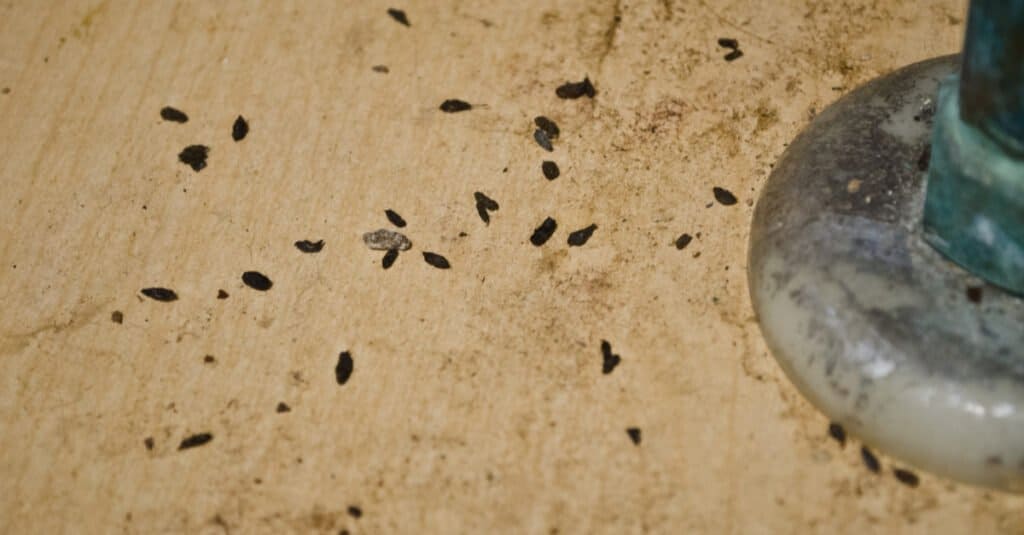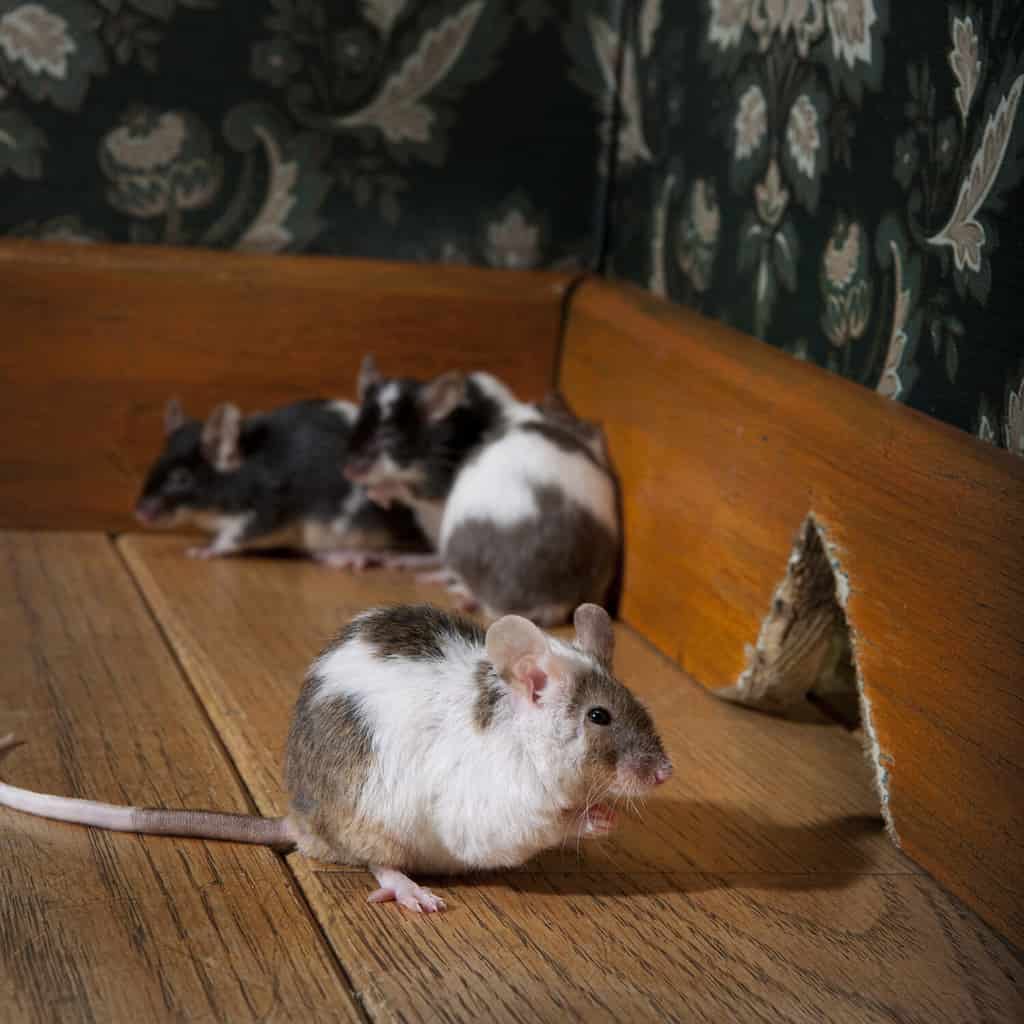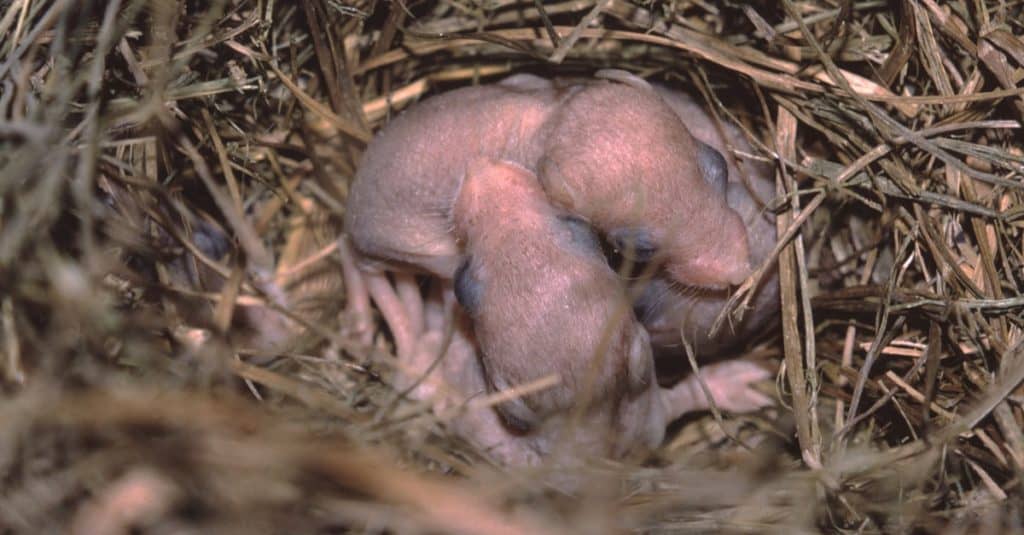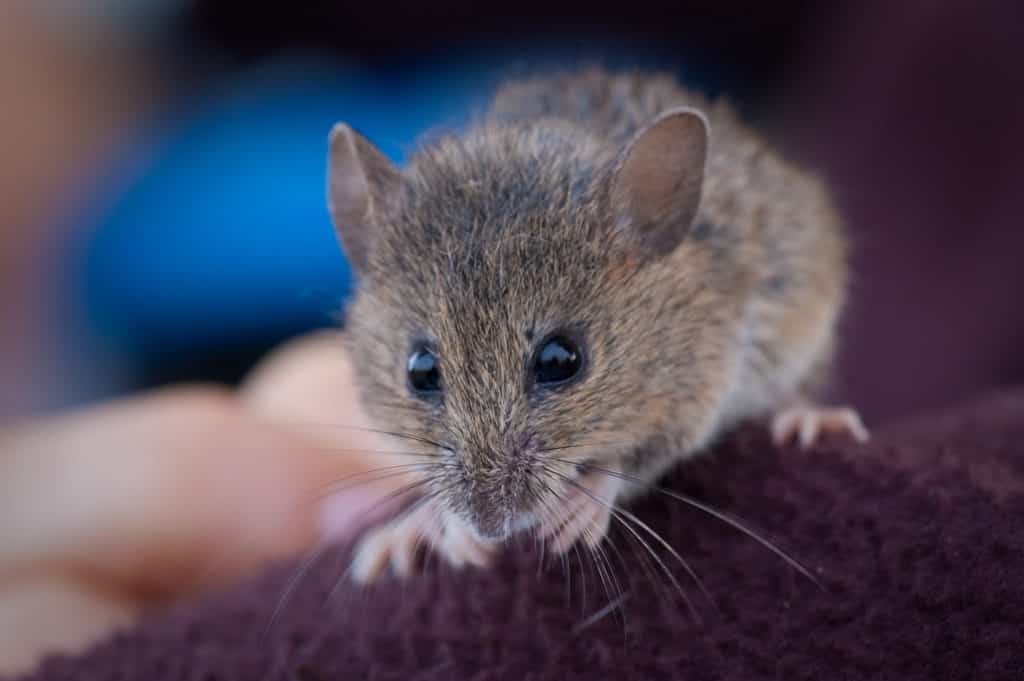If you are an observant person, there are usually a ton of signs you have a mouse in your house. Of course, no one wants to see those signs, because it likely means there is an infestation. Mice and rats rarely stop in for a quick visit and then leave.
Regardless of how we feel about mice, they are just like most other animals. They want to find shelter from the elements and potential predators, locate a source of food, and find a source of water. If the latter two are consistently replenishing, so much the better.
The thing is, you can’t just put yourself out on the street, deny yourself water, and start fasting permanently. The only option is to get rid of the mice before they cause irreparable damage or health issues, both of which are very common factors in a mouse infestation.
Signs Of A Mouse In Your House
Some signs there is a mouse in your house are obvious and some are not. Mice are skittish and will avoid humans and pets at all costs. Naturally, this means that spotting a mouse is a rare occasion. If you do, it will most likely be like catching a tiny, gray ghost in the corner of your vision that’s gone before you look.
1. Droppings

Mouse droppings are very small and oval.
©Pegasene/Shutterstock.com
This is easily the most obvious of signs that you’re dealing with a mouse in the house. However, mice don’t just poop out in the open, at least not very often. As skittish animals, mice want to stay hidden as much as possible, though they will develop a pattern in their comings and goings. This pattern, or trail, will eventually fill up with little mouse droppings.
Mouse droppings are elongated ovals, brown to black, and tiny as pellets. They tend to be scattered and more consistent in certain spots along their regular pathway. These will include areas behind your couches, recliners, the back of cabinets, behind the fridge, behind dressers, the back of closets, and even in your dresser drawers.
2. Noises Throughout The Home

Lonely mouse, looking for a new home….yours.
©Dominic Gentilore PhD/Shutterstock.com
If you’re hearing scratching noises and scuttling in the attic or behind the walls, your house isn’t haunted. The odds are very high that you’re listening to a mouse or two as they go about their business, chewing up your insulation and electrical wiring. It’s enough to send one into panic mode, either from the fear of mice or the fear that they will cause thousands of dollars in damage.
Typically, a mouse moving through the walls will create a scratching, sort of scrambling sound. Sometimes, a single mouse will create a ton of noise.
3. A Creeping Stench

Mouse droppings and, especially urine, have a very bad smell.
©AaronAmat/iStock via Getty Images
it’s not always visual signs of a mouse in your house. Sometimes, it’s what you smell that gives the game away. After all, if you read point number one, mice do leave their droppings behind. However, even though mouse droppings stink, especially when they accumulate, it’s the urine that’s terrible.
This is the ammonia component in their urine. Ammonia tablets are useful for waking up unconscious people because it’s so strong. The same rule applies to mice urine. It’s even worse if they are peeing on a floor that absorbs it. You’ll still smell mouse urine sitting on top of the tile, but it will have a lower, incessant odor when it soaks into the carpet or a wood floor.
4. Holes

©Eric Isselee/Shutterstock.com
Mice have no qualms when it comes to chewing holes through Sheetrock, plywood walls or panels, boxes, and even tougher substances that you wouldn’t think their teeth could handle. As a small creature, these holes will appear in low places, such as the bottoms of cabinets and through walls above the trim.
They also like to use existing holes that connect the inside to the outside, such as dryer vents. They’ll chew right through the aluminum tubing but only the part that’s inside your house. Steel wool is a useful material to pack these holes with until you can kill the mice and repair the wall.
5. Reactions Of Your Pets

Your dogs and cats aren’t likely to remain normal and calm with a mouse in the house.
©ZANTACUZ/Shutterstock.com
This is one of those obvious signs of a mouse in your house that might not be so obvious at first. You may just think that your dog has an overactive bladder today or a piece of dog food or treat slid up underneath the couch. Either way, your dogs will act like they’re unsettled, maybe a little whiny at the thing they know is there but can’t see or reach.
Cats will go into predator mode, though the mouse is out of reach at the time of your observation. The cat may crouch down, ready to pounce, while staring at your closed cabinet door. Things like this should set your radar off, especially if you let the dogs out, and they want back in immediately.
6. Mice Nests

Mouse babies in their nest.
©Liz Weber/Shutterstock.com
The odds are high that nesting signs of a mouse in your house will present themselves as holes in materials throughout your home, where there should be none. This is especially true of boxes, newspapers, or those coupon clippings you get in the mail.
Mice love these materials and any of the above are their first choice in nest building material. They’ll also utilize insulation. So, if you take a little trip up to the attic and notice a few (or many) little holes in your insulation, you’re probably dealing with mice.
7. Bite Markings and Scratches

Mice claws and teeth are seemingly made for scratching and gouging furniture and walls.
©Pacific Southwest Region USFWS/CCBY2.0 – Original / License
Mice are more than happy to try their hands on new building supplies and technology. Well, they don’t exactly think that way, but they will try to gnaw something apart if they want to tunnel through it or take it apart for nest construction material. This obsessive need for tunneling and materials turns into signs of a mouse in your house, well, all over the house.
It may be easy to ignore or playoff as common scuffs and scrapes on the corners of the wood feet on your bed, couch, or recliner. But, when you start seeing this damage on all of them, it’s time to shift the furniture and take a closer look. If it’s mice, they will probably leave behind some poop and urine after their job is complete.
How To Keep Mice Out Of Your Home
On an annual basis, you need to do a full inspection of your home, inside and out. Seal or repair any holes or any areas of ingress or egress throughout.
Ensure that all the food in the pantry is sealed and contained in a box that a mouse can’t chew through. Make sure you clean regularly and vacuum everything at least once a week, including beneath the furniture. Make sure your exterior doors have door sweeps installed and are in good condition. Always seal and regularly take out your garbage.
Again, mice are looking for shelter, food, and water. If you deny them all three, they will pass up your home because it’s completely inhospitable. At the end of the day, no signs of a mouse in your house is a sign you’re doing it right.
The photo featured at the top of this post is © iStock.com/Víctor Suárez Naranjo
Thank you for reading! Have some feedback for us? Contact the AZ Animals editorial team.







